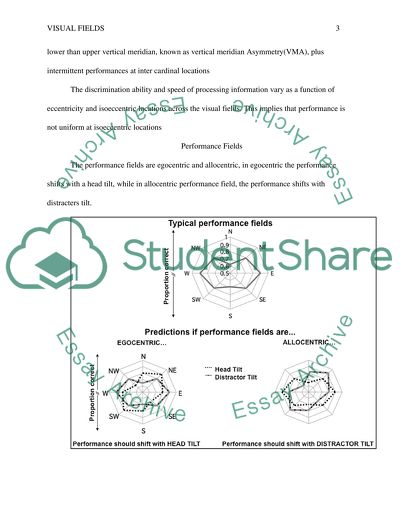Cite this document
(“Visial Fields Research Paper Example | Topics and Well Written Essays - 2000 words”, n.d.)
Retrieved from https://studentshare.org/psychology/1451652-visial-fields-research
Retrieved from https://studentshare.org/psychology/1451652-visial-fields-research
(Visial Fields Research Paper Example | Topics and Well Written Essays - 2000 Words)
https://studentshare.org/psychology/1451652-visial-fields-research.
https://studentshare.org/psychology/1451652-visial-fields-research.
“Visial Fields Research Paper Example | Topics and Well Written Essays - 2000 Words”, n.d. https://studentshare.org/psychology/1451652-visial-fields-research.


